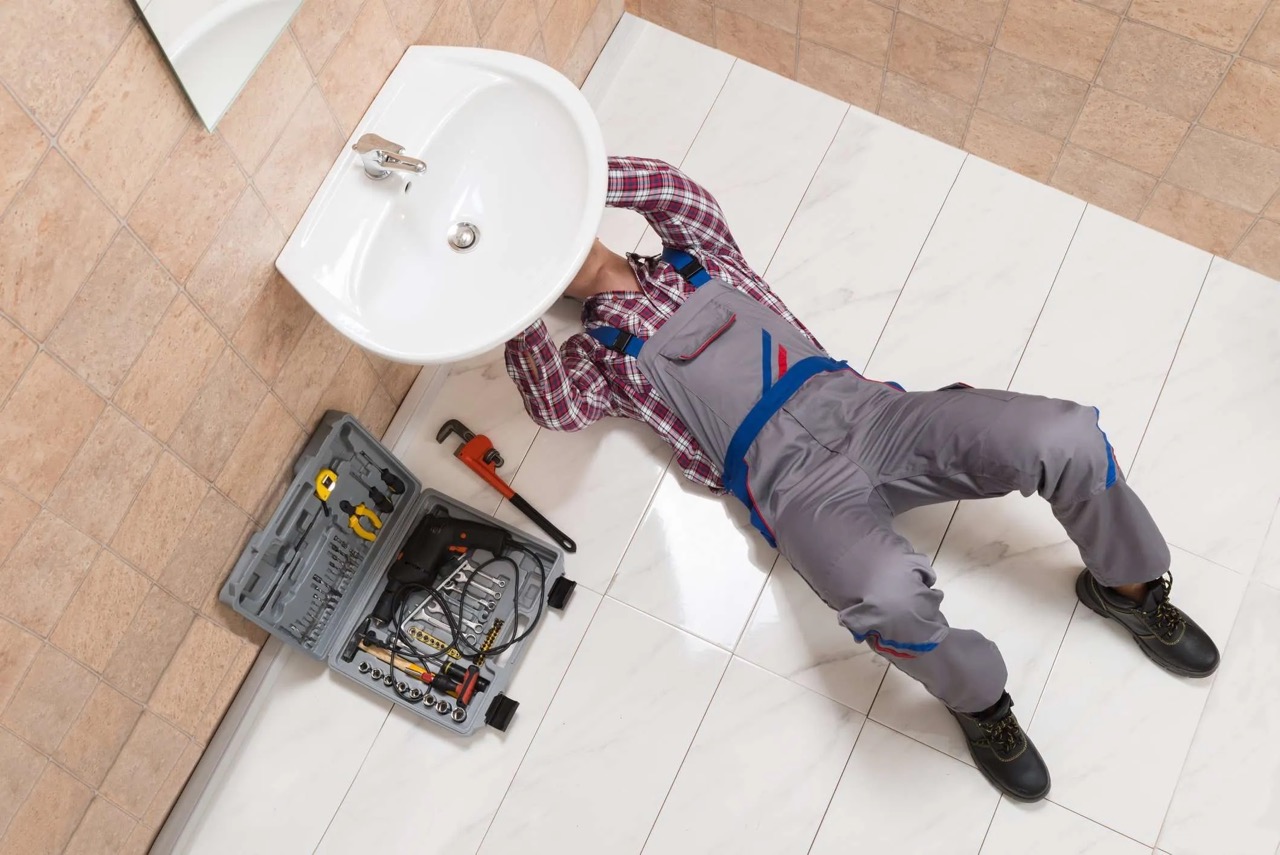

Articles
How To Have A Sink Without Plumbing
Modified: February 22, 2024
Learn how to have a sink without plumbing in our informative articles. Discover practical tips and DIY solutions to create an alternative plumbing system.
(Many of the links in this article redirect to a specific reviewed product. Your purchase of these products through affiliate links helps to generate commission for Storables.com, at no extra cost. Learn more)
Introduction
Having a functioning sink with running water is an essential part of any household or commercial space. However, traditional plumbing installations can be costly and may not always be feasible, especially in temporary locations or areas where access to water and drainage is limited. Fortunately, there are alternative options that allow you to have a sink without plumbing.
In this article, we will explore various methods and creative solutions for installing a sink without the need for conventional plumbing. Whether you’re looking to set up a portable sink, utilize a bucket system, or implement a DIY greywater system, we’ve got you covered. Let’s dive in!
Key Takeaways:
- Get creative with portable sinks, bucket systems, water dispensers, and DIY greywater systems to have a functional sink without traditional plumbing, perfect for temporary or unique situations.
- Explore alternative plumbing options like point-of-use water heaters, composting toilets, and rainwater harvesting for innovative and sustainable solutions tailored to specific needs and locations.
Read more: How To Plumb Outdoor Sink
Installing a Portable Sink
A portable sink is a versatile and convenient option for those who need a temporary or mobile sink solution. They are commonly used in outdoor events, construction sites, food booths, camping trips, and even in small living spaces such as RVs and tiny homes.
To install a portable sink, follow these steps:
- Choose a location: Select a suitable area where you want to place the portable sink. Ensure that there is enough space for people to access and use it comfortably.
- Set up the sink stand: Most portable sinks come with a stand or countertop. Assemble and place it in the desired location, making sure it’s stable and level.
- Connect the water source: Portable sinks typically require a water source, which can be a water tank or a nearby faucet. Connect the water supply to the sink using the provided hoses or connectors.
- Install the drainage: Depending on the model, portable sinks may have a built-in drainage system or require you to connect a drainage hose. Ensure that the drainage is properly installed and leads to an appropriate disposal point.
- Secure the sink: Once the water and drainage connections are in place, secure the sink to the stand or countertop using the provided brackets or fasteners. This will prevent the sink from tipping over during use.
- Test the functionality: Turn on the water supply and check for any leaks or issues. Fill the sink with water and test the drainage system to ensure it’s working correctly.
It’s important to regularly maintain and clean your portable sink to ensure proper hygiene. Empty and refill the water tank as needed, and regularly clean the sink and countertop surfaces. Additionally, check and replace any filters or water cartridges to maintain water quality.
Portable sinks offer a convenient and flexible solution for having a sink without plumbing. They provide the necessary functionalities for handwashing, dishwashing, and general cleaning. Just remember to choose a model that fits your specific needs and comply with any regulations or guidelines set by health departments or event organizers.
Utilizing a Bucket System
If you’re looking for a simple and low-cost alternative to traditional plumbing, a bucket system can be an effective solution. This method allows you to have a functional sink without the need for complex installations or access to running water.
Here’s how you can set up a bucket system for your sink:
- Select the right buckets: Choose two buckets, one for clean water and one for wastewater. Make sure they are sturdy and have handles for easy transportation.
- Fill the clean water bucket: Fill one of the buckets with clean water. You can obtain water from a nearby source such as a faucet, water dispenser, or even collect rainwater. If possible, filter the water to remove any impurities.
- Add a spout or faucet: Attach a spout or faucet to the clean water bucket. This will allow you to control the water flow and make it easier to use the sink.
- Place the wastewater bucket: Position the second bucket below the spout or faucet to catch the used water. Ensure that it is stable and can hold the wastewater without any leakage.
- Use the bucket system: To use the sink, simply pump or pour water from the clean water bucket using the spout or faucet. Use soap and wash your hands, dishes, or any items requiring cleaning. The wastewater will collect in the second bucket.
- Dispose of the wastewater: Once you’re done using the sink, carefully remove the wastewater bucket and dispose of the contents in a proper manner. It’s advisable to pour it into a designated drainage or sewage system if available, or onto plants or a designated area away from water sources.
The bucket system can be an excellent temporary or emergency solution for sinks in places such as camping sites, outdoor events, or even in homes during plumbing repairs. However, it’s important to note that this method is not suitable for long-term use as it does not provide a proper drainage system or meet health and sanitation regulations.
Remember to regularly clean and sanitize the buckets to maintain hygiene. Empty and refill the clean water bucket as needed, and dispose of the wastewater responsibly to avoid environmental contamination.
Utilizing a bucket system requires minimal resources and can provide a functional sink where traditional plumbing is not available or feasible. It’s a cost-effective and practical solution for temporary situations, but it’s essential to consider its limitations and ensure proper hygiene practices.
Using a Water Dispenser and Drain Basin
If you’re seeking a solution that offers a bit more convenience and functionality than a bucket system, you can consider using a water dispenser and drain basin setup. This method allows you to have a sink-like experience with a controlled water source and a designated drainage system.
Here’s how you can set up a water dispenser and drain basin system:
- Choose a water dispenser: Look for a water dispenser with a tap or spout that can be easily turned on and off. You can find various options in the market, ranging from manual models to electric ones that require power.
- Place the water dispenser: Position the water dispenser on a stable surface near the desired sink area. Make sure it’s within reach and that there is enough space to accommodate the drain basin.
- Connect the dispenser to a water source: Most water dispensers require a water bottle or reservoir. Fill the bottle or reservoir with clean water and connect it to the dispenser according to the manufacturer’s instructions.
- Set up the drain basin: Place a large basin or container below the water dispenser’s tap or spout to collect the used water. Ensure the basin has sufficient capacity and is stable enough to hold the water without spilling.
- Use the water dispenser and drain basin: Turn on the water dispenser and use it as you would a regular sink. You can wash your hands, utensils, or other items, allowing the water to flow into the drain basin. Empty and clean the drain basin as needed.
- Dispose of the wastewater: Once you’re finished using the sink, dispose of the wastewater collected in the drain basin appropriately. Empty it into a designated drainage system, a toilet, or use it for watering plants, depending on local regulations and environmental considerations.
A water dispenser and drain basin system offer more convenience and functionality than a basic bucket setup. It provides a controlled water source and a designated area for proper wastewater collection, making it a suitable choice for temporary situations or spaces without permanent plumbing.
However, it’s important to note that this method may not fulfill the regulations and requirements for a full-fledged sink. It’s a practical solution for situations where traditional plumbing is unavailable or temporary, such as outdoor gatherings, temporary workspaces, or camping trips.
Be sure to maintain cleanliness and hygiene by regularly cleaning and sanitizing the water dispenser and drain basin. Refill the water dispenser as needed, and dispose of the wastewater responsibly to prevent any environmental contamination.
By utilizing a water dispenser and drain basin setup, you can enjoy the convenience of a sink-like experience with controlled water flow and proper wastewater management.
Consider using a portable camping sink with a water tank and hand pump for a sink without plumbing. This can be a convenient and practical solution for temporary or outdoor use.
Creating a DIY Greywater System
If you’re looking for a more sustainable and environmentally friendly solution for a sink without plumbing, you can consider creating a DIY greywater system. A greywater system allows you to reuse water from sinks, showers, and other non-toilet plumbing fixtures for purposes such as irrigation or toilet flushing.
Here’s how you can create a DIY greywater system:
- Identify the water source: Determine the sinks or showers from which you want to collect greywater. It’s important to note that only non-toilet fixtures should be connected to the greywater system.
- Divert the greywater: Install a diverter valve or pipe system that allows you to divert the greywater from the chosen fixtures to the greywater system. This can be done by connecting the pipes directly to the drain lines of the fixtures.
- Filter the greywater: Greywater may contain debris or small particles, so it’s essential to filter it before storing or using it. Install a filter system, such as a fabric filter or a homemade sand and gravel filter, to remove any solid particles.
- Store the greywater: Set up a storage tank or a series of barrels to collect and store the filtered greywater. Ensure that the storage container has a lid to prevent any contamination or evaporation.
- Set up a distribution system: Depending on how you plan to use the greywater, you’ll need to design a distribution system. It could involve connecting pipes or hoses to carry the greywater to the desired areas for irrigation or toilet flushing.
- Use the greywater: Utilize the collected greywater for designated purposes. You can use it to water your lawn, garden, or indoor plants, or divert it to a toilet for flushing.
When creating a DIY greywater system, it’s crucial to consider guidelines and regulations specific to your region. Some areas may have restrictions or requirements for greywater usage, so be sure to check local codes and regulations before implementing your system.
Keep in mind that greywater should never be used for drinking, cooking, or any activities that involve contact with food. It’s also important to avoid using greywater for irrigation if it contains harmful substances or chemicals, such as from cleaning products or certain personal care products.
A DIY greywater system allows you to reduce water waste and promote sustainability by reusing water from your sinks and showers. It’s a cost-effective and eco-friendly solution that helps minimize the strain on water resources.
Remember to regularly maintain and clean your greywater system to prevent clogs, odors, and any potential health risks. Proper filtration and periodic system checks are essential for keeping the greywater system functioning effectively and safely.
By creating your own DIY greywater system, you can contribute to water conservation efforts while enjoying the benefits of a sink without traditional plumbing.
Read more: How To Disconnect Sink Plumbing
Exploring Alternatives to Traditional Plumbing
While traditional plumbing remains the standard for providing a reliable water supply and drainage system, there are several alternative options that can be considered as substitutes or additions to the conventional approach. These alternatives offer unique benefits and can be suitable for specific situations or locations.
Here are some alternatives to traditional plumbing worth exploring:
- Point-of-use water heaters: Instead of relying on a central water heater, point-of-use water heaters can be installed near the specific fixtures that require hot water. This eliminates the need for long piping runs and reduces water and energy waste.
- Composting toilets: Composting toilets are self-contained units that break down human waste using natural processes, such as composting and decomposition. They require little to no water, making them ideal for areas with water scarcity or off-grid living.
- Solar-powered water heaters: Solar water heaters utilize energy from the sun to heat water. They can be a cost-effective and environmentally friendly alternative to traditional water heaters, especially in sunny regions.
- Rainwater harvesting systems: Rainwater harvesting involves collecting and storing rainwater from rooftops or other surfaces. The harvested water can be used for non-potable purposes such as irrigation, toilet flushing, or laundry, reducing reliance on the municipal water supply.
- Dry composting systems: Dry composting systems are an eco-friendly option for managing solid waste. They use aerobic bacteria and natural processes to break down waste, producing nutrient-rich compost that can be used in gardens or landscaping.
- Air admittance valves: Air admittance valves are one-way valves installed in the plumbing system to allow air to enter and equalize pressure, reducing the need for traditional venting pipes. They can offer space and cost savings in plumbing installations.
It’s important to note that these alternatives may not be suitable for all situations or locations. Before considering any alternative to traditional plumbing, it’s essential to research and understand the specific requirements, regulations, and limitations associated with each option.
While exploring alternatives, consulting with professionals or experts in the field can help ensure that the chosen solution meets your needs and complies with applicable codes and standards.
By considering these alternative options, you can find innovative and sustainable solutions for various plumbing needs. Whether you’re looking to conserve water, reduce energy consumption, or adapt to specific circumstances, exploring alternatives to traditional plumbing can provide unique benefits and contribute to a more efficient and environmentally friendly approach.
Conclusion
Having a sink without plumbing may seem like a daunting task, but with the right knowledge and creative solutions, it is achievable. In this article, we have explored various methods and alternatives for installing a sink without conventional plumbing.
We began by discussing the installation of a portable sink, which provides a flexible and convenient solution for temporary or mobile sink needs. We then explored the bucket system, which offers a simple and low-cost alternative for those who require a basic sink setup.
For those looking for more functionality, we discussed the use of a water dispenser and drain basin system. This method provides a controlled water source and designated wastewater collection, bridging the gap between a traditional sink and alternative options.
Additionally, we delved into the creation of a DIY greywater system, an eco-friendly solution that allows for the reuse of water from sinks and showers. This sustainable method helps conserve water resources and can be adapted to different needs and regulations.
Finally, we touched upon exploring alternatives to traditional plumbing, including point-of-use heaters, composting toilets, solar-powered water heaters, rainwater harvesting systems, and dry composting systems. These alternatives offer unique benefits and can be advantageous in specific situations or locations.
It’s important to note that while these alternative options provide creative solutions, they may not be suitable for all circumstances or comply with local regulations. It is essential to research and consult professionals when considering any alternative to traditional plumbing to ensure the safety and functionality of the chosen method.
In conclusion, whether you’re in need of a temporary sink, a cost-effective solution, or a more sustainable approach, there are viable options available. By exploring the methods and alternatives discussed in this article, you can find the right fit for your specific needs and enjoy the convenience of a sink without traditional plumbing.
Frequently Asked Questions about How To Have A Sink Without Plumbing
Was this page helpful?
At Storables.com, we guarantee accurate and reliable information. Our content, validated by Expert Board Contributors, is crafted following stringent Editorial Policies. We're committed to providing you with well-researched, expert-backed insights for all your informational needs.
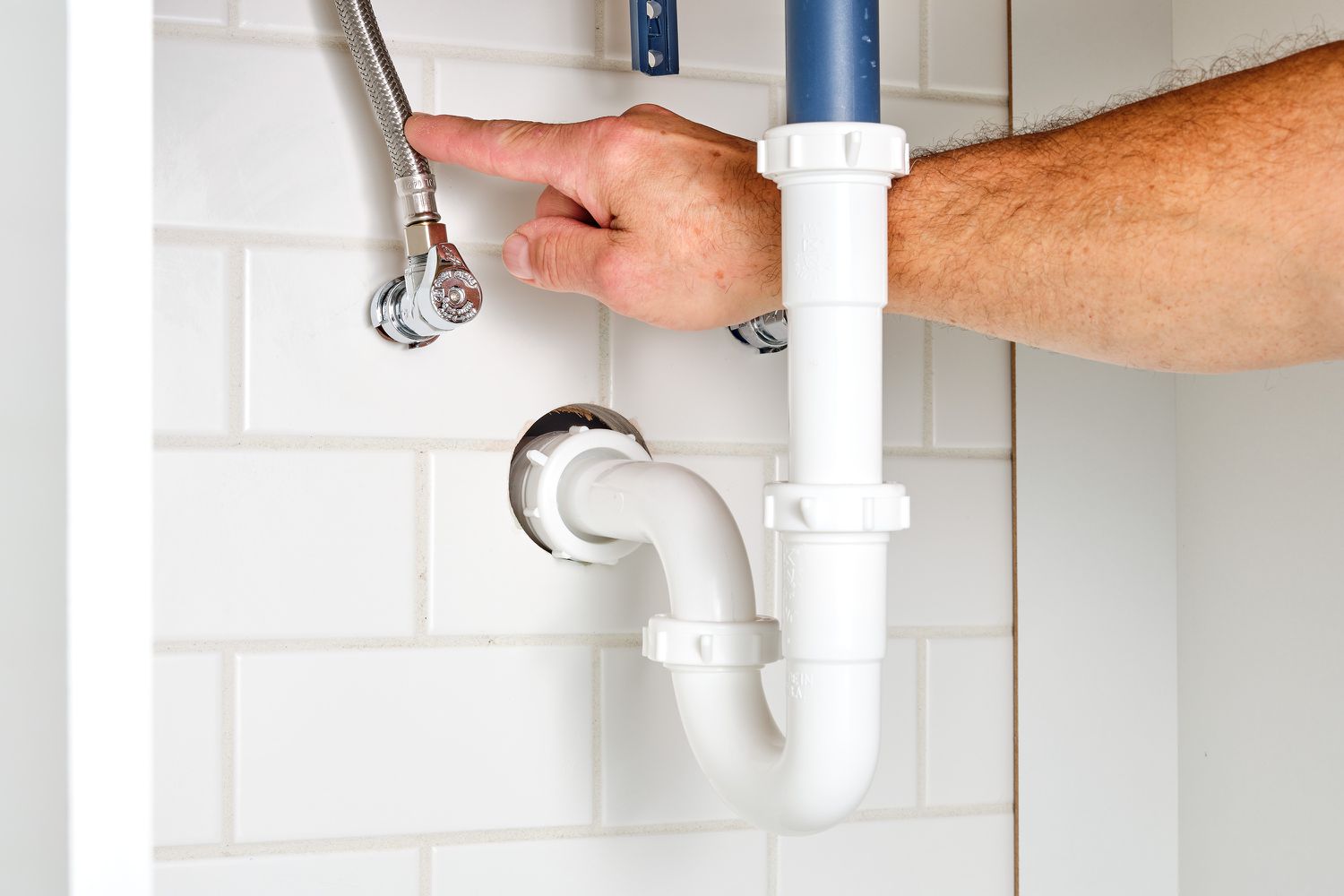
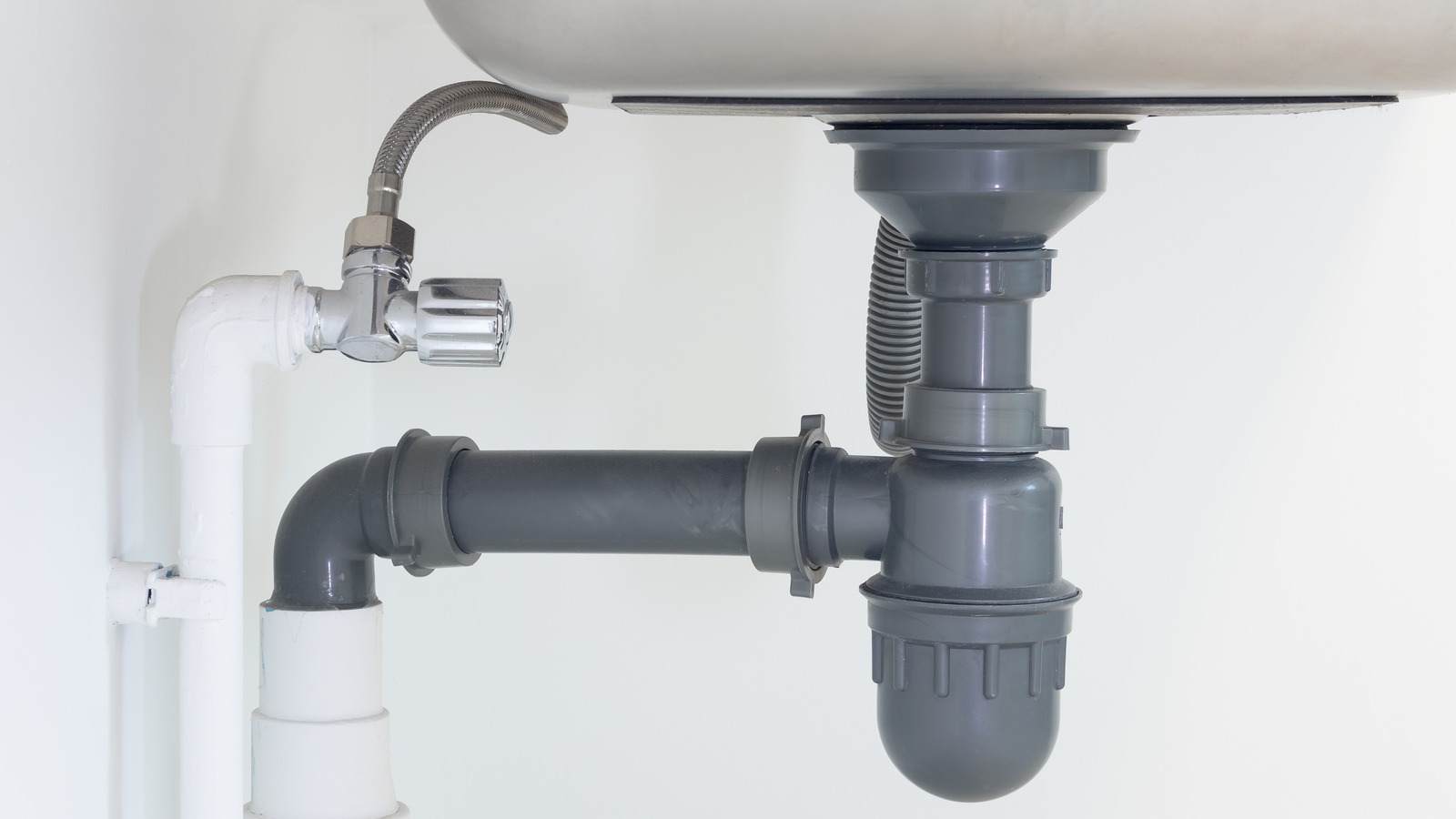
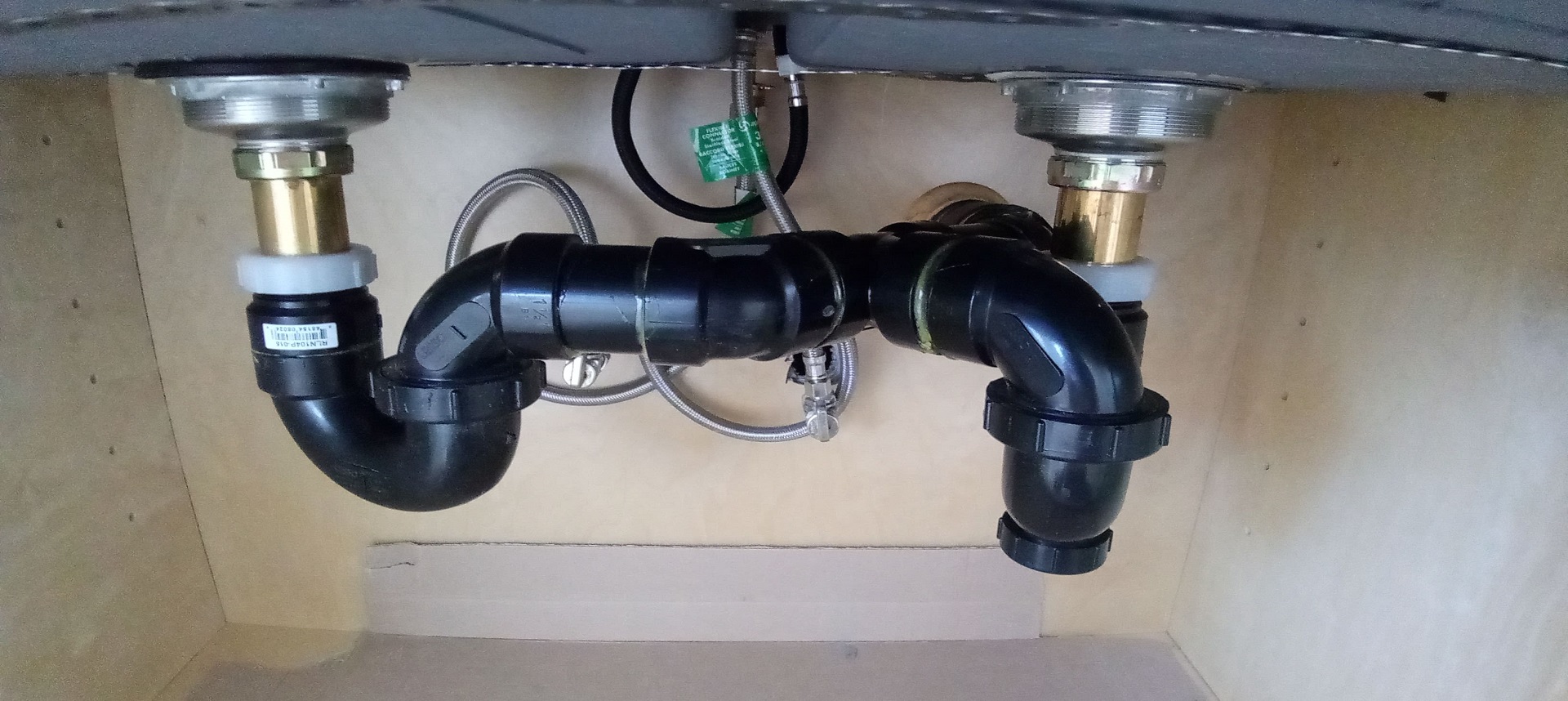
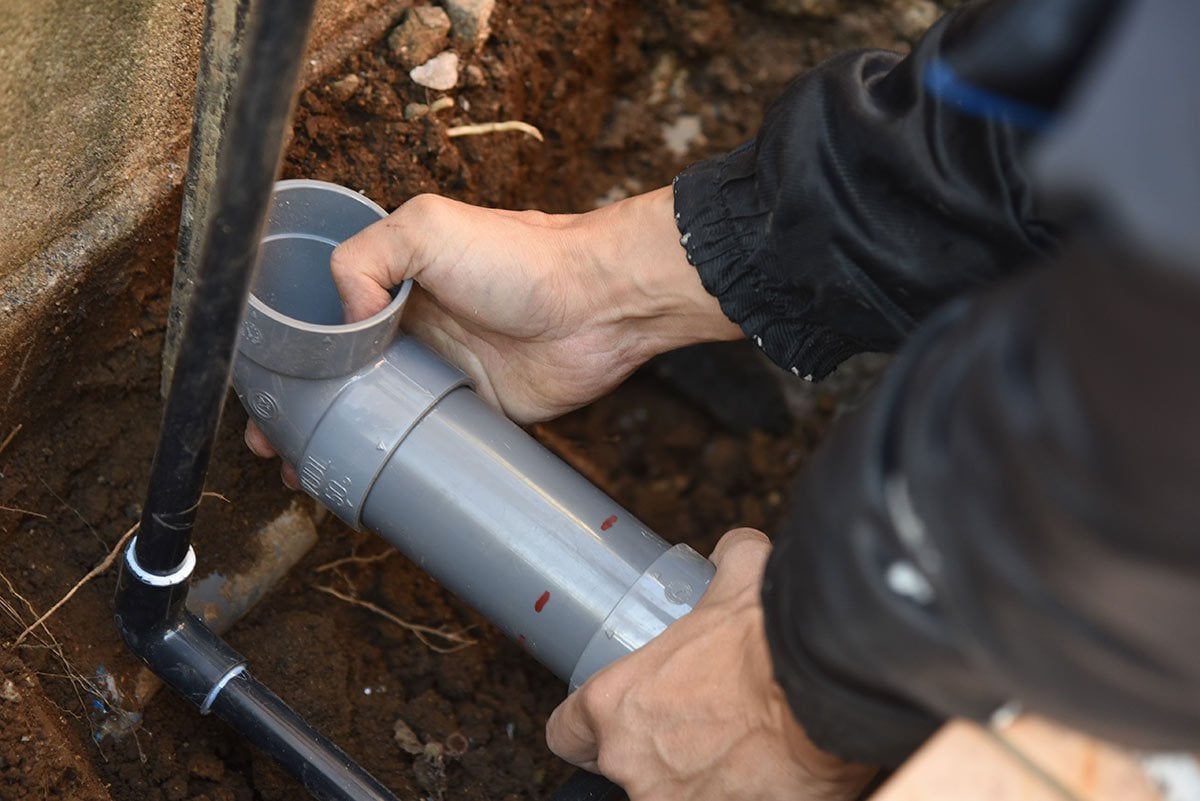
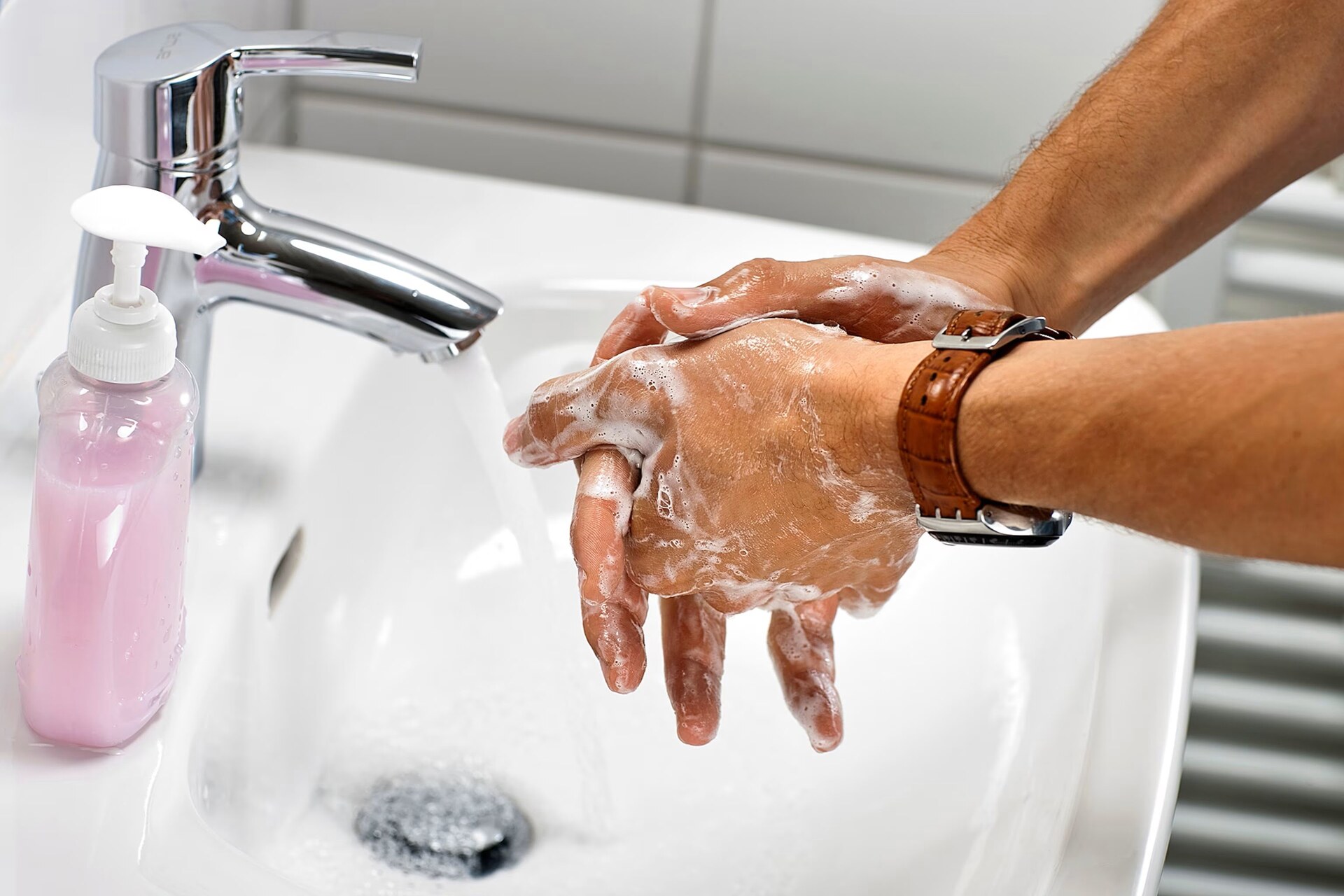
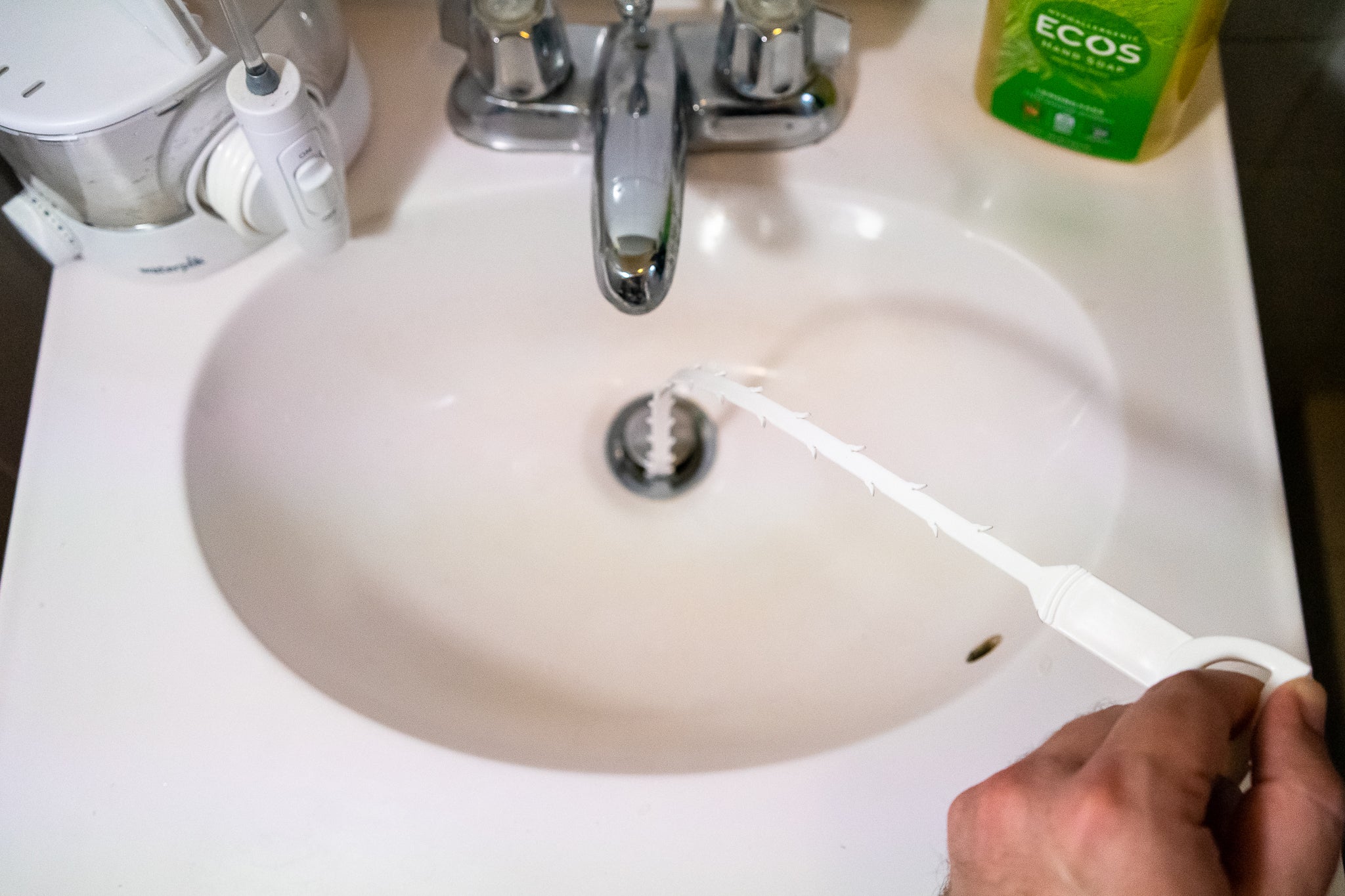
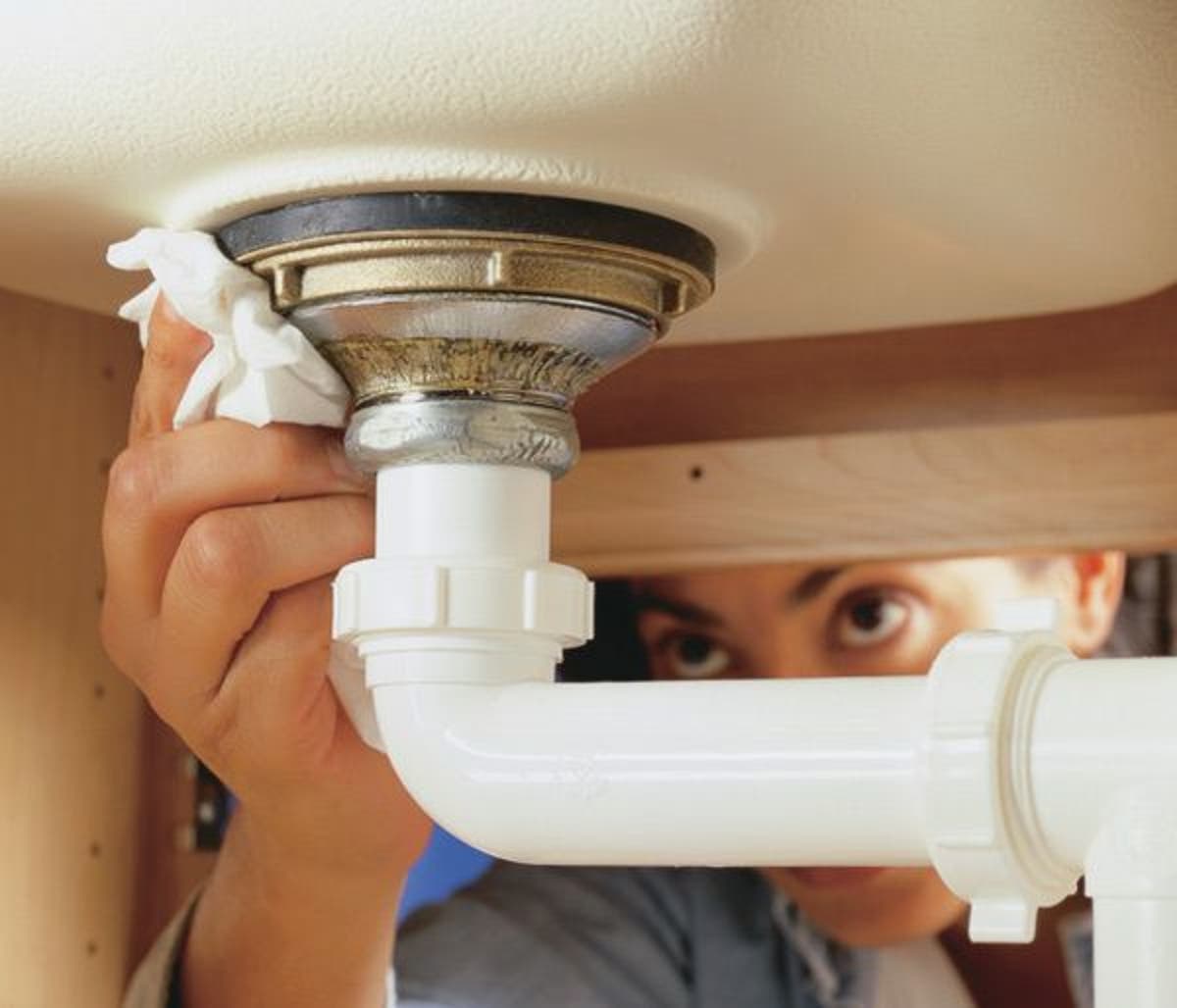
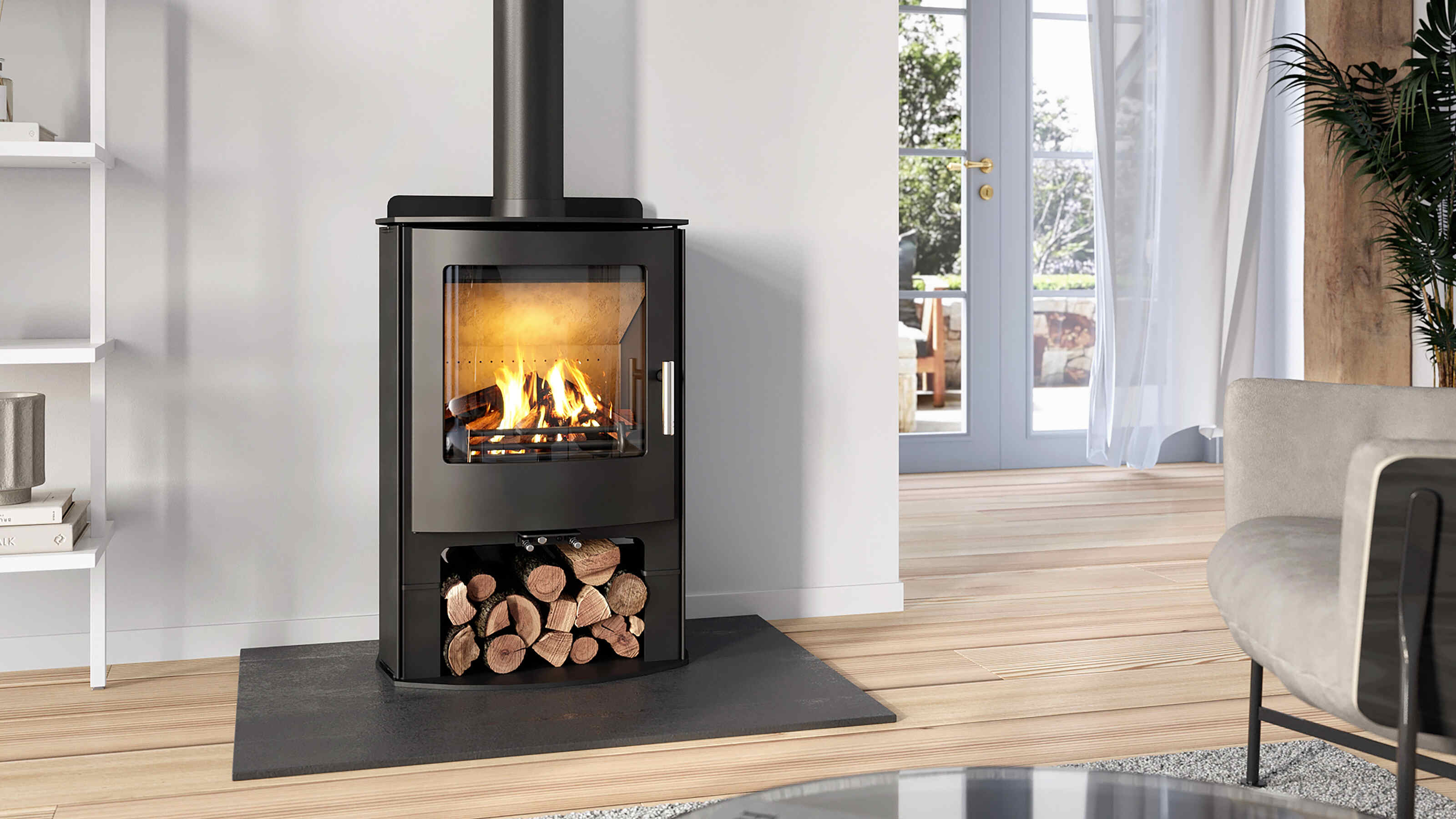
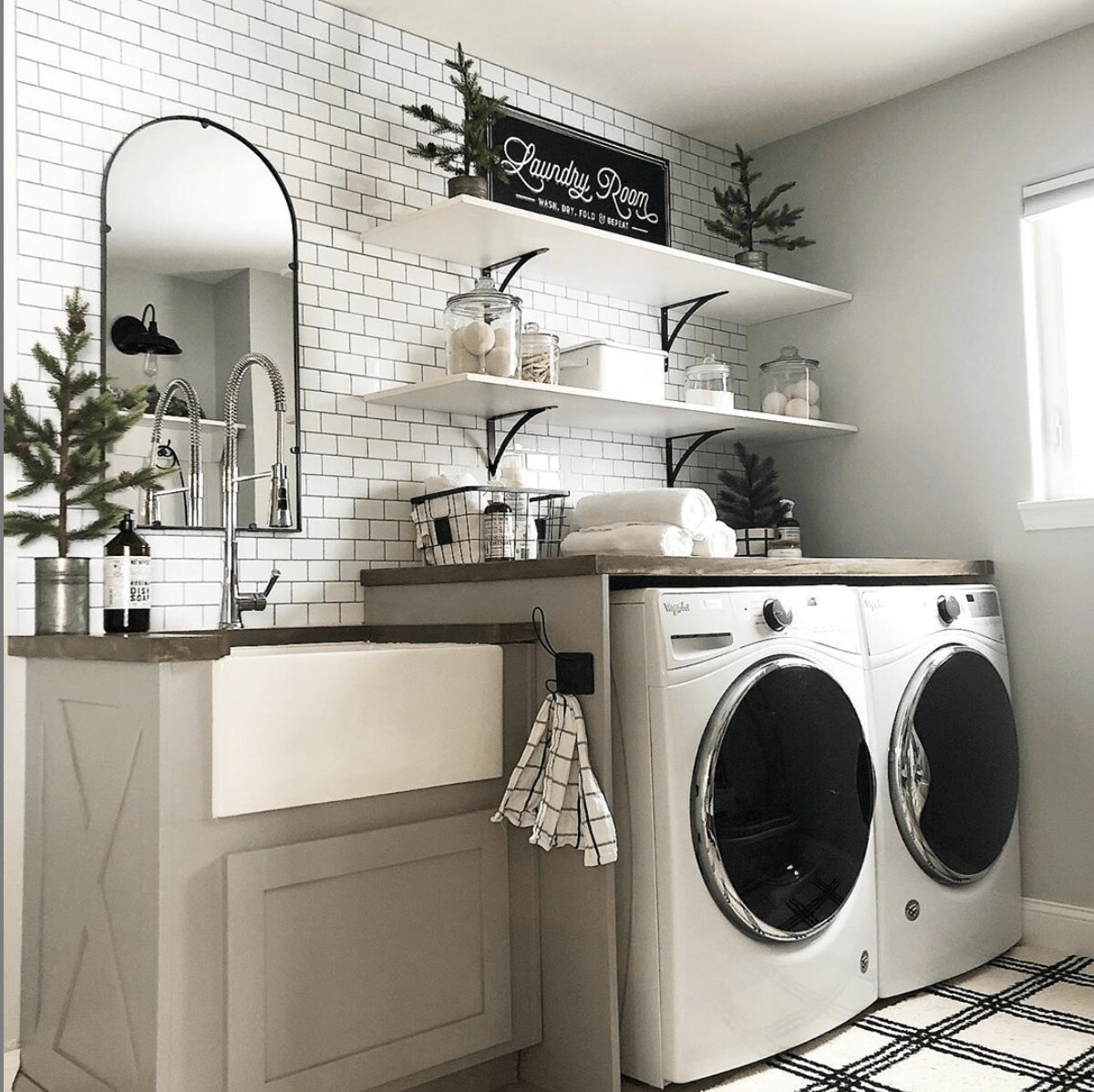
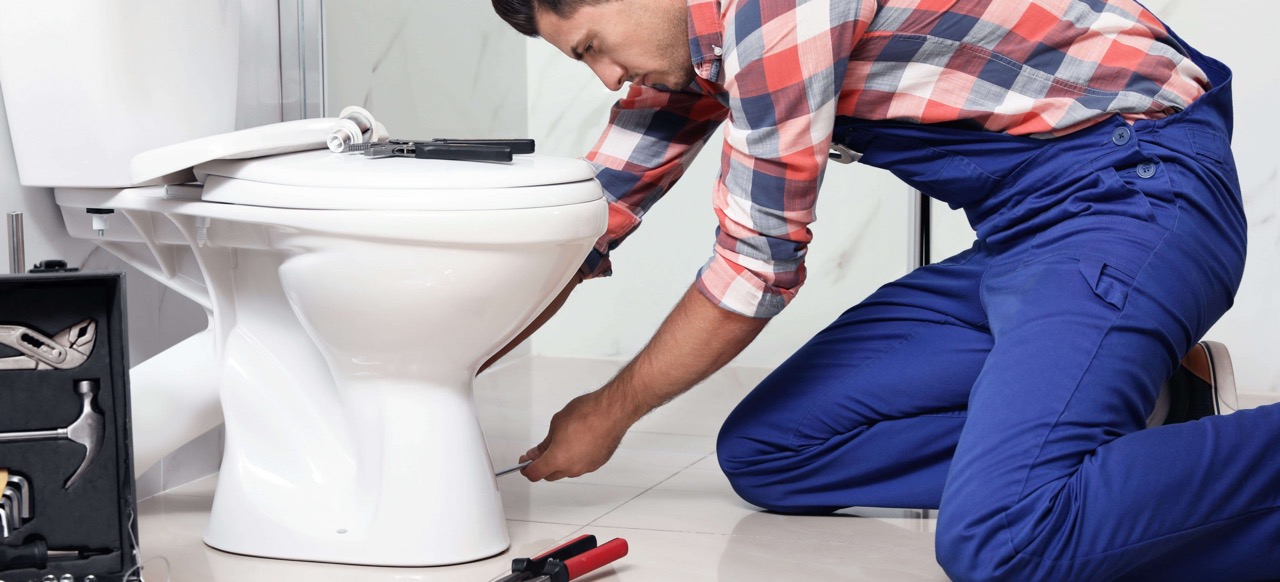
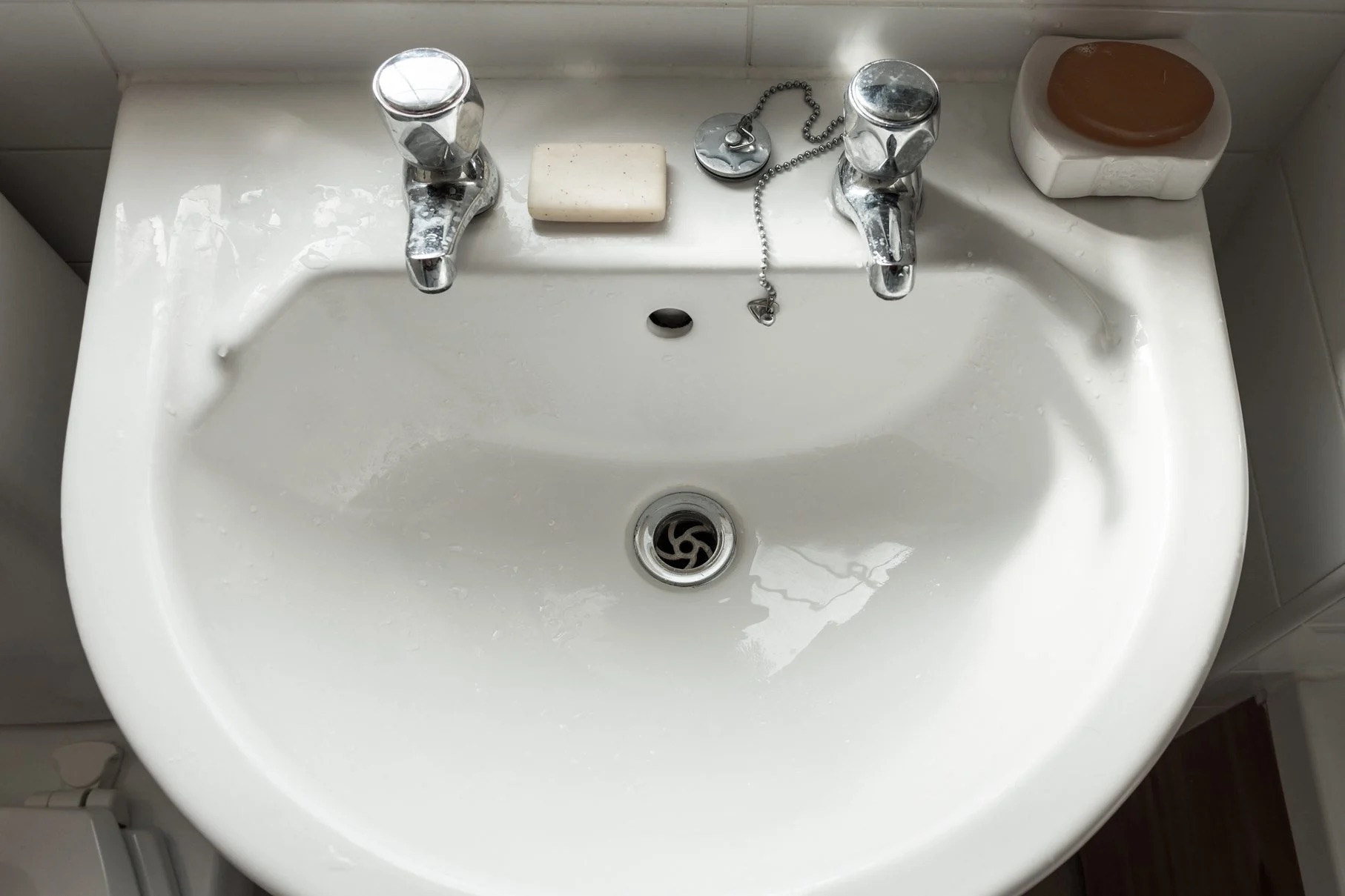
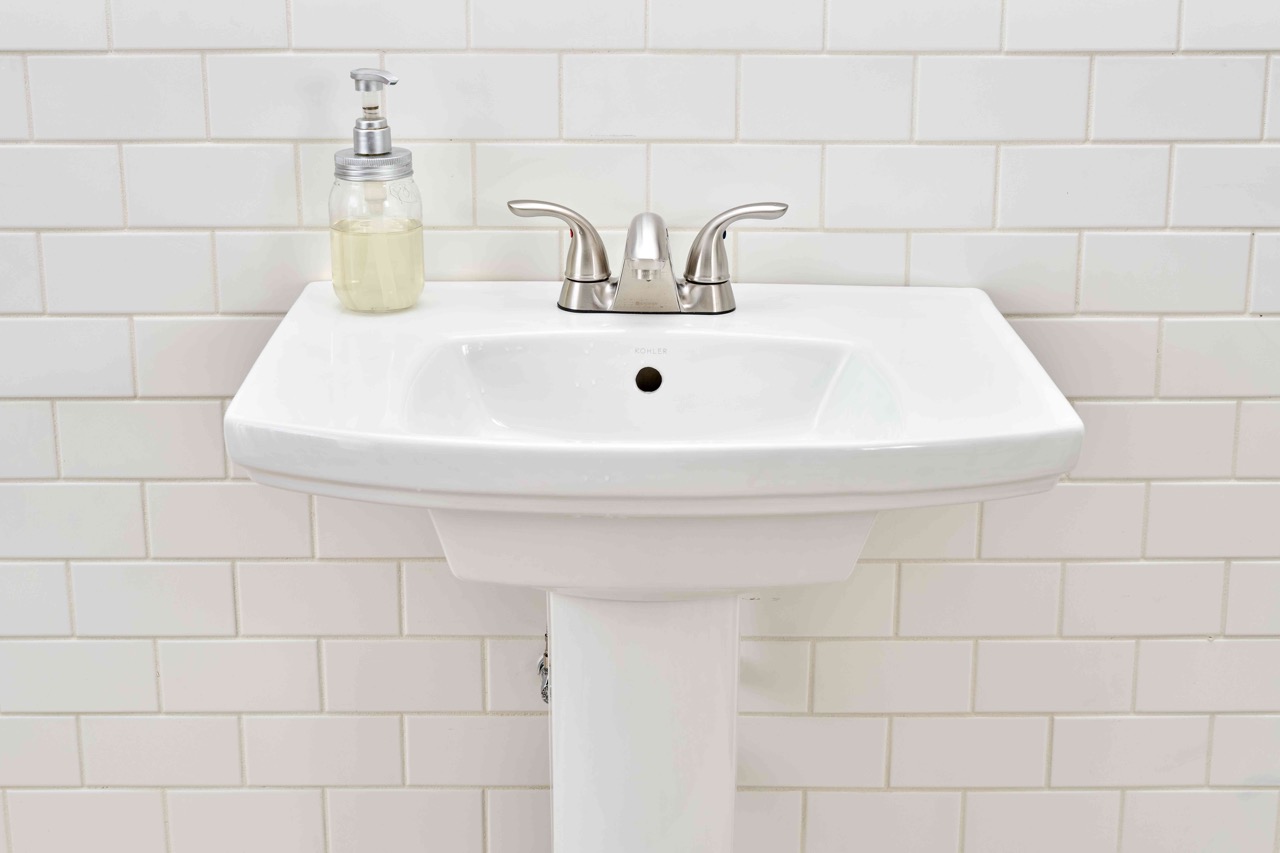
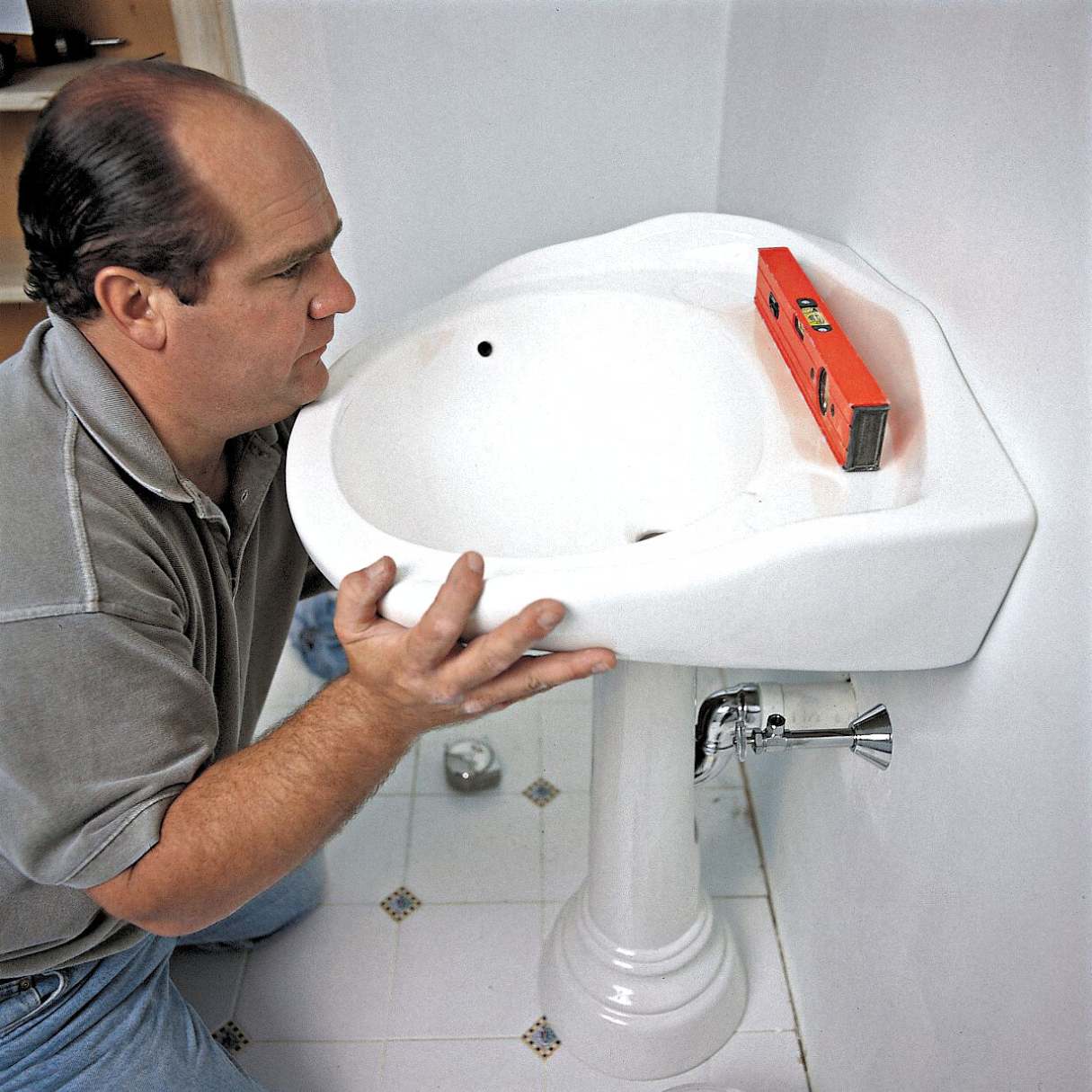
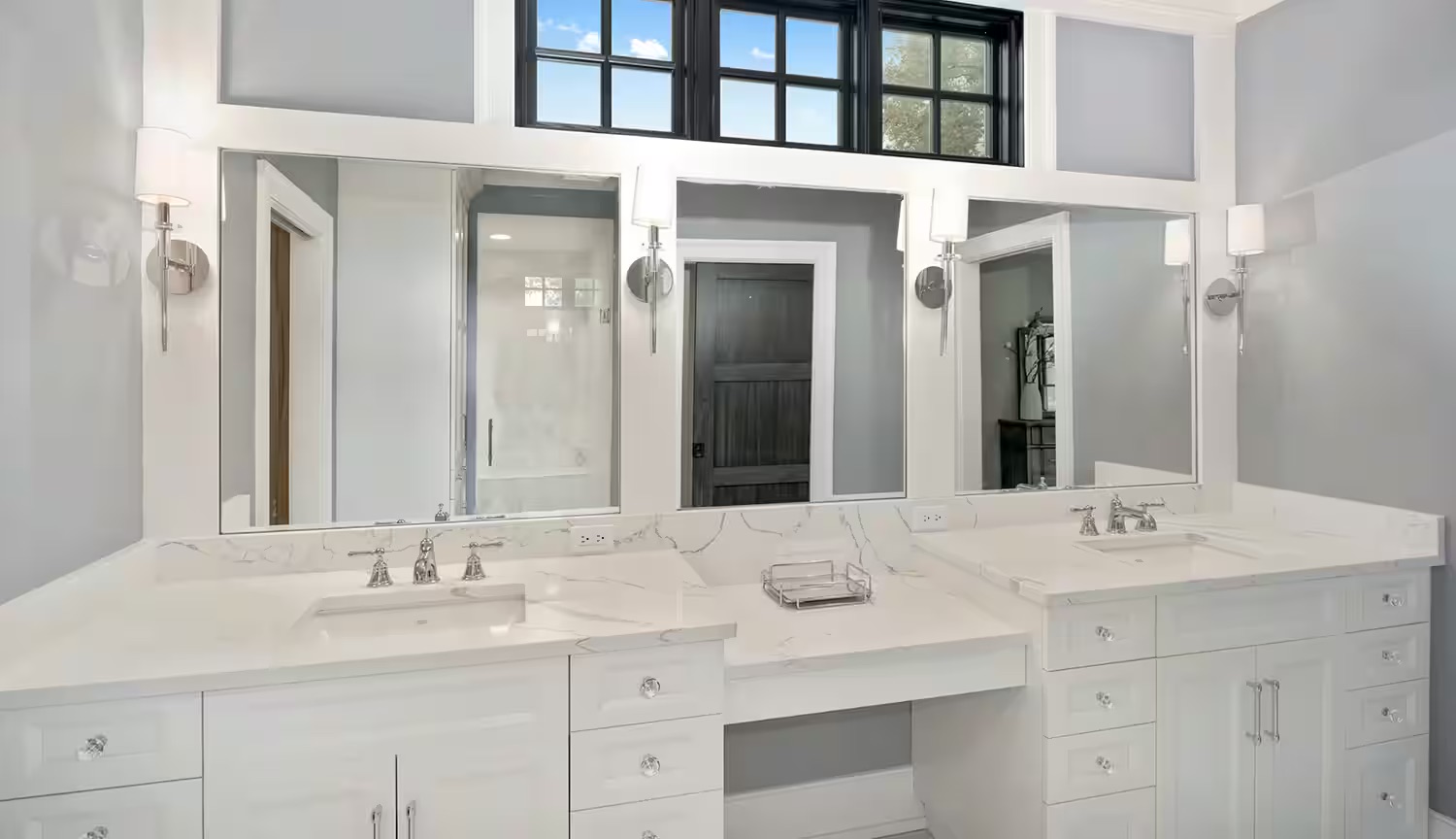

0 thoughts on “How To Have A Sink Without Plumbing”